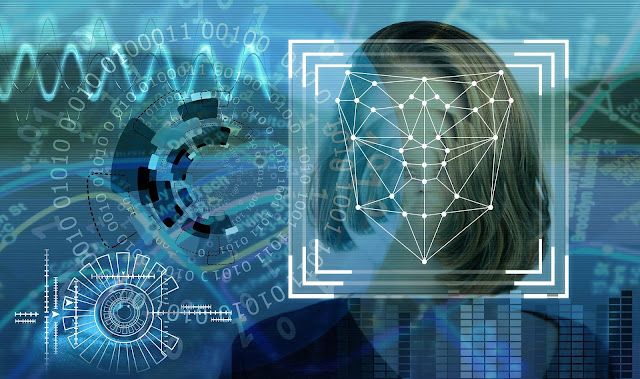Biometric verification is an advanced cybersecurity measure. It enables a business to authenticate clients by using their unique physical or behavioural attributes as their passcodes. Once the basic private data is gathered, a client’s biometric sign is created and is matched against the one kept in a biometric database. This way, businesses can make sure that any individual attempting to authorize an account or authorize some information is legible to do so.
Biometric verification is ever-transforming digitization that gives companies the opportunity to protect personal information. In this blog, you will be examining more about the biometric solution with the help of realworld use-cases.
What does Biometric Verification Software Work?
Biometric verification software performs two major functionalities.
Biometric Verification
Biometric verification solution to this query: “Is the user actually who they say they are?
For example, a person states that their name is Ben Green” and offers their iris recognition for authentication. The biometric software either accepts this or declines it after examining the pattern against the one kept in the name of Ben Green.
Applications of biometric verification software are found in access control at company offices, authenticating identity prior to perform a transaction in an ATM, facial recognition in public facilities, transaction purchases, medical identity document administration, etc
Biometric Identification
Biometric recognition answers the query: “Does the identity of this person correlate with the identity present in the system?”
Recognition circumstances either be positive or adverse. In positive biometric verification, the biometric software authenticates the identity of the person. Therefore, in adverse recognition, the biometric verification software fails to authenticate the identity of the person. In both circumstances, the software accepts or declines the person’s claim to their identity by getting a biometric representation and cross-checking it against all biometric samples present in the system.
Examples of biometric recognition can be found in passports authentication by the airport authority or politically exposed people lists of fraudsters in the city streets.
Types of Biometric Verification Technologies
Listed beneath are a few kinds of biometric verification technologies that are found prevalent today:
Face Verification
Despite face verification being initiated back in the 1970s, it acquired prominence earlier this period. Presently, it has become the most prominent type of biometric verification measure, acquired by businesses to not only authenticate users but also other circumstances such as marking attendance of a staff member. Biometric sensors have the capability to detect facial scans to accurately recognize the individual from a pool of individuals. Biometric verification usually recognizes individual by measuring the gap within their eyes, the structure of the nostrils, the contour of the lips, or the shape of the jawline, etc.
Iris Identification
For those that are unconscious, the iris is a shaded muscular cover that surrounds the microscope of an eye. Due to the differences in the design of an eye, it is usually adopted for biometric verification. Through biometric iris scans, the identification of an individual can be authenticated and validated in real-time.
Walking style
This sort of biometric verification might come to you as an astonishment behavioural facial scans are still a developing idea. Particularly, this sort of biometric verification is adopted during fraudulent activities. Since each person walks uniquely, their footprints can be utilized for IDV.
Vein Recognition
In this sort of biometric verification, the unique vein patterns found in an individual’s finger, arm, or hand can be adopted for the aim of recognition. Ven identification software uses infrared light to suspect the vein patterns. Due to the level of precision, vein identification is now examined as a cutting-edge technique of biometric verification.
Signature Recognition
Reproducing an individual’s signature might sound illegitimate, but it is fact adopted widely for authenticating the identity of people. Biometric signature identification has the capability to evaluate different stroke guides and the style of the signature to verify its authenticity. Apart from these, other sorts of biometric solutions involve retina scans, palm identification, DNA matching, and sound identification methods.
Advantages of biometric Verification Technologies
Biometric verification software is being greatly adopted due to the extensive range of benefits they give to users. A few of these advantages involve:
Adopting biometric verification software makes sure the business that only legitimate users are onboarded.
Clients can significantly minimize scam from digital websites.
Recognition of identity theft becomes a simple task
With the help of intelligent recognition technologies such as this, identity fraud and ATO frauds can be kept secured.
The privacy of private user data can be secured.
User experiences can be highly enhanced.
The credibility of a business or a digital program can be increased with the guidance of intelligent IDV measures.
Biometric verification also allows businesses to follow global KYC and AML regulative measures.










